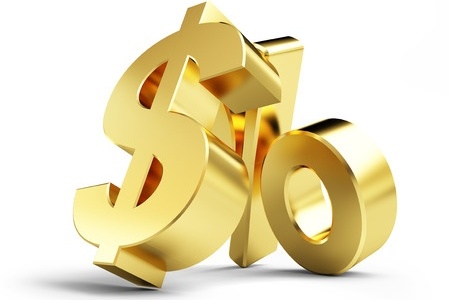
Fed Hikes Key Interest Rate
Federal Reserve policymakers enacted their third small hike in a key interest rate in six months, and they signaled another rate increase to come by the end of the year.
The latest move was widely expected by investors and reflected the central bank’s confidence that the labor market and the broader economy were continuing to make progress. Fed officials are convinced the economic slowdown over the winter was temporary.
The 0.25-percentage point increase in the federal funds rate means consumers will soon pay that much more in interest for balances on their credit cards and some other loans.
Fed officials also announced that they intend this year to begin reducing the $4.5 trillion in Treasury and mortgage securities and other assets the central bank currently holds, mostly from extraordinary purchases made since 2008 in an attempt to stimulate the economy. Fed officials believe these asset purchases helped lower mortgage rates and spur investment activity and economic growth. Shedding these bonds could also push up borrowing costs, and thus presents some risks.
Fed Chairwoman Janet L. Yellen, in a quarterly news conference Wednesday after the release of the policy statement, said she and her colleagues “continue to expect that the ongoing strength of the economy will warrant gradual increases in the federal funds rate” to sustain a healthy labor market and price stability.
But some economists argued that the Fed should slow its rate-hike plans, given indications of an easing of inflation over the past three months. Inflation has consistently fallen below the Fed’s 2% target since 2012, but had been moving upward close to that level prior to spring.
With inflation now having slipped further below the Fed’s target and wage growth remaining weak, analysts say the bank has more latitude to hold rates steady. “The Fed should feel less need to raise rates,” said Dean Baker, co-director of the Center for Economic and Policy Research in Washington, D.C.
One Fed policymaker, Neel Kashkari, president of the Federal Reserve Bank of Minneapolis, apparently agreed as he voted against a rate increase. He was the lone dissenter on a voting committee of nine.
Members of the policymaking Federal Open Market Committee indicated that they expected one more 0.25-percentage point increase this year and three next year — the same as they had forecast in March.
The Fed’s benchmark short-term rate, which influences consumer and business lending, will now rise to between 1% and 1.25%. Fed officials expect to lift that rate gradually until it reaches 3% by the end of 2019.
Brian Bethune, chief economist at Alpha Economic Foresights, said the Fed’s moves show “they’re very confident about the performance of the economy.”
Source: latimes.com by Jim Puzzanghera and Don Lee




